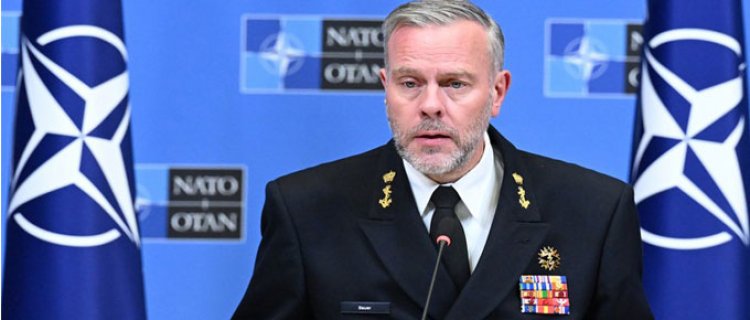NATO Warns: Devastating Cyberattack Could Trigger Collective Defense
The North Atlantic Treaty Organization (NATO) has issued a strong warning, stating that a large-scale cyberattack by a state...

The North Atlantic Treaty Organization (NATO) has issued a strong warning, stating that a large-scale cyberattack by a state actor could trigger Article 5 of its founding treaty, initiating a collective military response from all member nations. This significant statement comes from Admiral Rob Bauer, the head of NATO's Military Committee.
Article 5, the cornerstone of NATO's alliance, stipulates that an attack on one member state in Europe or North America is considered an attack on all. Traditionally, this provision has been understood in the context of physical military aggression. However, Admiral Bauer's comments highlight NATO's evolving stance, recognizing cyberspace as a critical domain of warfare.
The potential consequences of a large-scale cyberattack are indeed severe. Such an attack could cripple a nation's critical infrastructure, disrupt essential services, and inflict significant economic damage. In the past, NATO has acknowledged that cyberattacks similar to the one Estonia experienced in 2007 could be grounds for invoking Article 5.
The exact nature and severity of a cyberattack that would trigger a collective military response remain unclear. However, NATO's firm stance sends a clear message to potential adversaries: a significant cyberattack will not be tolerated and could result in a forceful military response from the entire alliance.
This development underscores the growing importance of cybersecurity for NATO member states. The alliance is actively bolstering its cyber defense capabilities to deter and counter cyber threats. This includes increased collaboration among member states, investments in cyber defense technologies, and the development of a unified response strategy.
The potential for a cyberattack to trigger Article 5 raises complex questions about attribution (identifying the attacker) and proportionality (the nature of the military response). These issues will undoubtedly be part of ongoing discussions within NATO as the alliance continues to adapt to the evolving threat landscape.






















